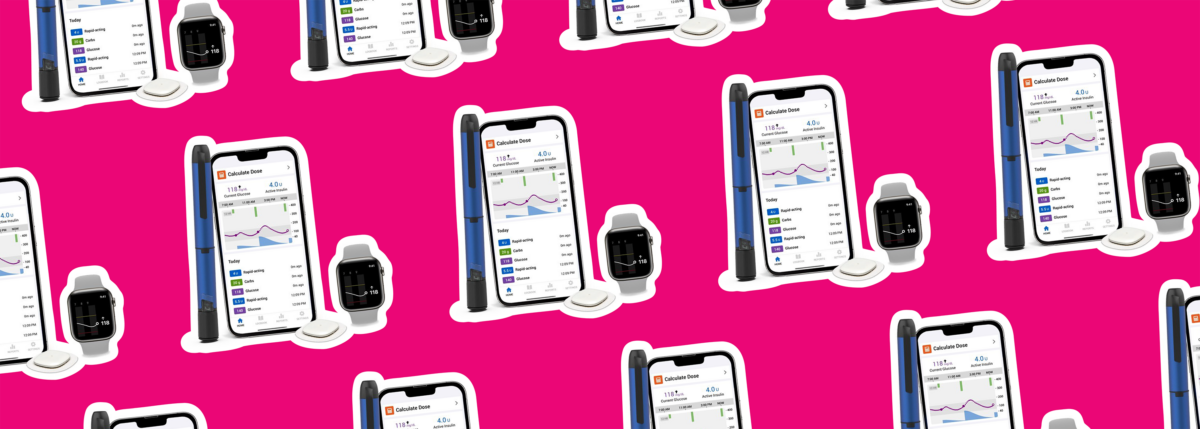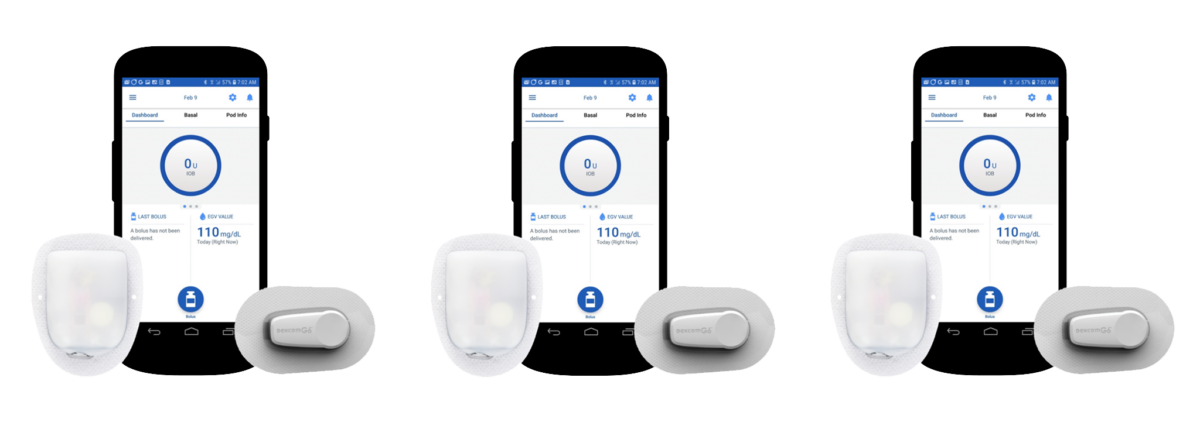Reaching Everyone — Health Disparities in Physical Activity
Written by: Liz Cambron-Kopco
5 minute read
June 7, 2022
Coverage of the ADA Scientific Sessions is brought to you by the ADA x BT1 Collab.
A panel of experts at the 2022 American Diabetes Association discussed the barriers for people with diabetes to be physically active, why physical activity is important for diabetes management, and possible solutions to help.
Presentation: Reaching Everyone—Health Disparities and Sex Differences in Physical Activity
Speakers at this ADA Scientific Sessions presentation included: Carlos Crespo, PhD (OHSU-PSU School of Public Health), Natalie Colabianchi, PhD (University of Michigan), Jane Yardley, Ph.D. (University of Alberta), Siana Jones, Ph.D. (University College London)
Exercise is the number one recommendation for preventing and/or managing diabetes. However, for many people with diabetes, getting in daily leisurely physical activity isn’t just a matter of motivation.
Prevalence of Physical Inactivity
When looking at self-reported data on physical activity, many of the southern states reported having the highest rates of inactivity. Dr. Crespo highlighted that better weather is not a predictor of activity since many states with colder climates showed more individuals with higher physical activity.
These differences in physical activity were not limited to just what state someone lived in. Health disparities were seen by:
- Ethnicity: Hispanic and African-Americans had the highest rates of inactivity
- Environment: People living in rural areas had less physical activity
- Education: Physical activity decreased with more education
- Income: Physical activity also decreased as income increased (more work = less time for physical activity)
- Marital status: Marital status predicted inactivity for men (married = less physical activity)
The disparity between non-Hispanic whites, African-Americans and Hispanics were still clearly shown within each of these categories.
Barriers to Getting Physical Activity
Dr. Carlos Crespo presented several studies that showed that disparities in access plays a huge role in why some people are less physically active than other.
Perceived barriers to physical activity included:
- Lack of time
- Concerns over safety (crime, high traffic, hypoglycemia)
- Access to facilities (parks, gyms)
- Lack of facilities (footpaths, bike lanes)
- Work
- Age
- Education (Black and Hispanic schools have less qualified PE trainers and smaller budgets)
Certain communities face additional barriers, such as people with diabetes (PWD) living in rural areas. These communities faced barriers such as lack of transportation options, climate/terrain, lack of sidewalks and lighting and had safety concerns over higher traffic and even dangerous wildlife.
Crespo also mentioned that women face psychosocial barriers to physical activity. These barriers include:
- Lack of social support
- Motivation
- Access to childcare
- Perceived baseline fitness
- Self-efficacy
The barrier of self-efficacy was possibly explained by children, especially girls, not being taught how to exercise and develop those healthy habits at a young age. For people also living with obesity, the main barrier was motivation, showing a clear need for better support for people to increase their physical activity.
Access: Challenges + Solutions
If access to gyms and parks is a barrier to increasing physical activity, then wouldn’t building more facilities help fix the problem?
“Improving infrastructure alone won’t improve activity” Crespo stated. Simply building a facility won’t ensure that people come.
Crespo emphasized that infrastructure needs to be combined with community engagement, public awareness, social interactions and enhancing access (transportation/street crossings) to really make a difference in activity.
Some solutions proposed for helping increase activity included:
- Increase access to spaces: Parks & recreation centers, shared used agreements (use school gyms after hours), workplace facilities + policies (vouchers, time during work for physical activity)
- Inclusive: Have proper signage (prompts), wayfinding in walkable places, point of decision signage (have images that include diverse people; use language that makes people feel included)
- Research: Research more recommendations when trying to improve access in areas by going to Activelivingresearch.org (recommendations)
Another recommendation, made by Dr. Siana Jones, was geared more towards future studies. Jones stated that most studies on physical activity and diabetes focused on white people but evidence suggested that responses to training may vary by ethnicity and sex. Jones also mentioned that future surveys should use culturally sensitive questions when asking about self-reported physical activity, making sure to include all possible physical activities that may be reported.
Why is this important to address?
Higher levels of physical activity and physical training protect against disease development, including type 2 diabetes and cardiovascular disease.
Just as barriers are significantly impacted by ethnicity, Jones reported that physiological differences should also be considered from this point of view. Muscle fiber type has been shown to impact physical activity and metabolic health. Jones showed evidence that different ethnic groups could have different proportions of muscle fiber types, creating a need for more studies to look into how different ethnicities and sexes respond to different physical activities.
Although there may be physiological differences by ethnicity and sex, Dr. Colabianchi recommended that future work should also address socio-economic disadvantages, living environment, lifestyle, etc.
In a study that investigated the impacts of walkability, or how conducive to walking an area was, Colabianchi shared that:
- Living in a less walkable area was associated with a 20 percent decrease in moderate to vigorous physical activity.
- More walkable areas were associated with a 25-45 percent decrease in risk of obesity and associated with decreased waist circumference.
- Somewhat walkable areas were associated with a 35 percent decrease risk in incident diabetes.
However, this study showed no evidence of differences by sex, race, or age, which Colabianchi enthusiastically stated was good news. With no differences seen by sex, race, or age, that indicates that increasing walkability of an area would very likely lead to increased physical activity.
This presentation made it clear that patients being told to simply exercise more is not a simple request at all. There are several barriers PWD need to overcome and these barriers need to be addressed if physical activity is to ever be improved.

Author
Liz Cambron-Kopco
Liz has been living with type 2 diabetes since 2014, but grew up surrounded by it as a first-generation Mexican-American. With a bug for research, Liz pursued a PhD in molecular biology and spent her early career studying insulin signaling in invertebrates to understand how insects’ tiny little bodies work. Along with advocating for women and girls in STEM, Liz shares her personal journey with diabetes on her social media platforms to help teach people to become their own advocates. Her passion for advocacy led her to join the Beyond Type 1 team. When she’s not advocating, Liz enjoys hiking... Read more
Related Resources

On November 20, 2024, Medtronic received FDA clearance for its latest InPen app. This advancement...
Read more

Eli Lilly and Company is helping patients and caregivers understand important changes to Medicare Part...
Read more

Already compatible with Dexcom’s G6 and G7 continuous glucose monitors (CGMs), the Omnipod 5 Automated...
Read more

